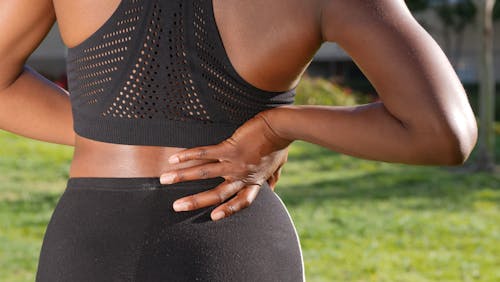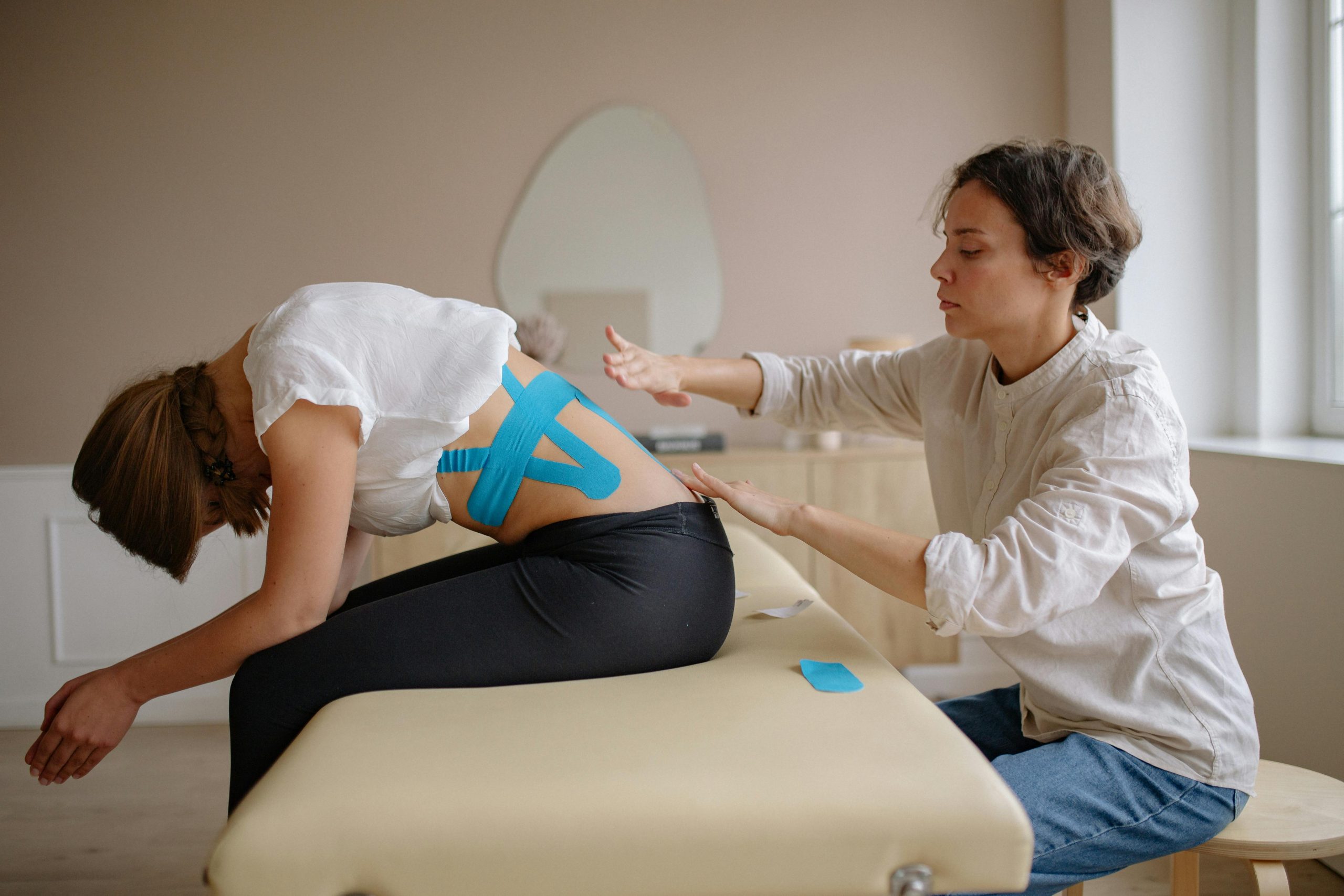Rethinking the Athlete’s Body
In the modern age of sport, performance isn’t just about speed, power, or endurance—it’s also about sustainability. For elite athletes, careers can be shaped as much by injury as by talent. A torn ligament, a stress fracture, or a mismanaged recovery can derail seasons, contracts, or even an entire professional journey.
That’s why injury prevention has become one of the most important fields in professional athletics. From data-driven monitoring to highly specialized training regimens, the science of keeping athletes on the field has evolved dramatically. Today, injury prevention is no longer reactive—it’s proactive, precise, and integrated into every stage of preparation and recovery.
The Shift from Treatment to Prevention

Historically, athletes would train hard, play harder, and deal with injuries as they came. Rehab was seen as something that happened after the damage was done. But as sports have become more physically demanding and financially high-stakes, clubs and athletes are investing more in preventing injuries before they occur.
This shift includes:
- Comprehensive screening and assessment
- Real-time workload monitoring
- Advanced biomechanics
- Personalized nutrition and recovery programs
- Mental stress management
All of these factors are now part of a holistic approach to athlete care.
Wearable Tech and Load Management
One of the biggest breakthroughs in recent years is the use of wearable technology. Devices that track movement, acceleration, impact, heart rate, and fatigue levels are now common in professional training sessions. These wearables help medical and coaching teams monitor how much stress an athlete’s body is under—both in real time and over longer periods.
GPS trackers in football, accelerometers in basketball, and heart-rate variability monitors in endurance sports all contribute to decisions about when to push, when to rest, and how to adapt training loads to avoid overuse injuries.
Load management, once seen as controversial, is now standard. Teams will often sit star players for certain games not due to injury, but to prevent one. Data helps justify these decisions, offering tangible evidence that rest today could mean performance tomorrow.
Movement Screening and Biomechanics
Before a season even begins, most athletes undergo detailed biomechanical assessments. These include Functional Movement Screens (FMS), gait analysis, and range-of-motion testing. The goal? Identify asymmetries, imbalances, or movement patterns that may put an athlete at risk.
For instance, if a sprinter favors one leg subtly in stride or a basketball player lands unevenly after jumps, it can lead to joint stress or soft tissue damage over time. Identifying these signs early means personalized exercises can be prescribed to correct them.
In some elite facilities, 3D motion capture labs—similar to those used in video game development—map every inch of an athlete’s movement to pinpoint inefficient or risky biomechanics.
Strength, Stability, and Mobility
Modern strength and conditioning programs look very different than those of 20 years ago. The heavy lifting remains, but it’s now balanced with prehab work, mobility training, and joint stability exercises. These often include:
- Resistance band drills
- Eccentric training (especially for hamstrings and tendons)
- Core stability and anti-rotation work
- Dynamic flexibility routines
- Plyometric landing mechanics
The aim is to create athletes who are not just strong and explosive but also balanced, fluid, and structurally resilient.
Recovery Methods That Go Beyond Ice Baths
Rest and recovery are no longer passive concepts. They’re treated as active parts of the training cycle, with entire staff devoted to helping athletes recover smarter, not just harder. Methods include:
- Cryotherapy chambers to reduce inflammation
- Normatec compression boots for lymphatic drainage
- Infrared sauna therapy to promote circulation
- Percussion massage tools for muscle activation
- Float therapy to reduce both physical and neurological stress
Sleep tracking has also become a major tool. Poor sleep quality correlates with higher injury risk, so athletes are now coached on sleep hygiene, room temperature, blue-light exposure, and even bedtime routines.
Mental Stress and Injury Risk
There’s growing acknowledgment that mental stress directly impacts injury risk. Fatigue isn’t just physical—it’s psychological. High stress levels can reduce reaction time, concentration, and coordination, all of which increase the risk of non-contact injuries.
That’s why professional teams often include sports psychologists and mindfulness coaches in their staff. Helping athletes manage pressure, anxiety, and emotional load is now seen as a performance issue, not just a personal one.
Rehabilitation Is Evolving Too
When injuries do happen, the recovery process has become faster, safer, and smarter. Techniques like blood flow restriction (BFR) therapy allow athletes to maintain strength while healing. Isokinetic machines provide controlled resistance throughout rehab phases. And tele-rehab tools enable daily progress tracking, even when the athlete is away from the training facility.
Every step of rehab is documented and adjusted based on real-time metrics, reducing the guesswork and minimizing the chances of re-injury.
Collaboration Between Staff, Science, and Athlete
Perhaps the most significant evolution is the level of integration. In top organizations, strength coaches, physiotherapists, doctors, nutritionists, and performance analysts work in sync. They share data, align protocols, and involve the athlete in every decision. This collaborative model ensures nothing is left to chance.
Communication and consistency are critical. An athlete’s weekly schedule is mapped not just by performance goals, but by recovery windows, psychological readiness, and injury risk patterns.
What Lies Ahead

As technology continues to evolve, so too will injury prevention. Genetic testing might allow for personalized recovery timelines. Artificial intelligence could help predict injuries days before they happen based on subtle changes in behavior or movement patterns. And virtual reality might allow athletes to rehearse movements or strategies without placing stress on their bodies.
But the heart of injury prevention remains deeply human: understanding each athlete’s unique physiology, psychology, and workload. With the right balance of science and care, the goal is not just longer careers—but healthier, more sustainable ones.
For professional sports today, staying healthy isn’t a luxury. It’s a competitive advantage. And the systems now in place are designed to give athletes every chance to thrive—not only in the next game, but for the long run.





